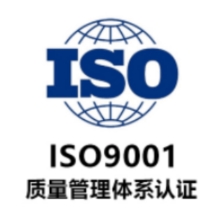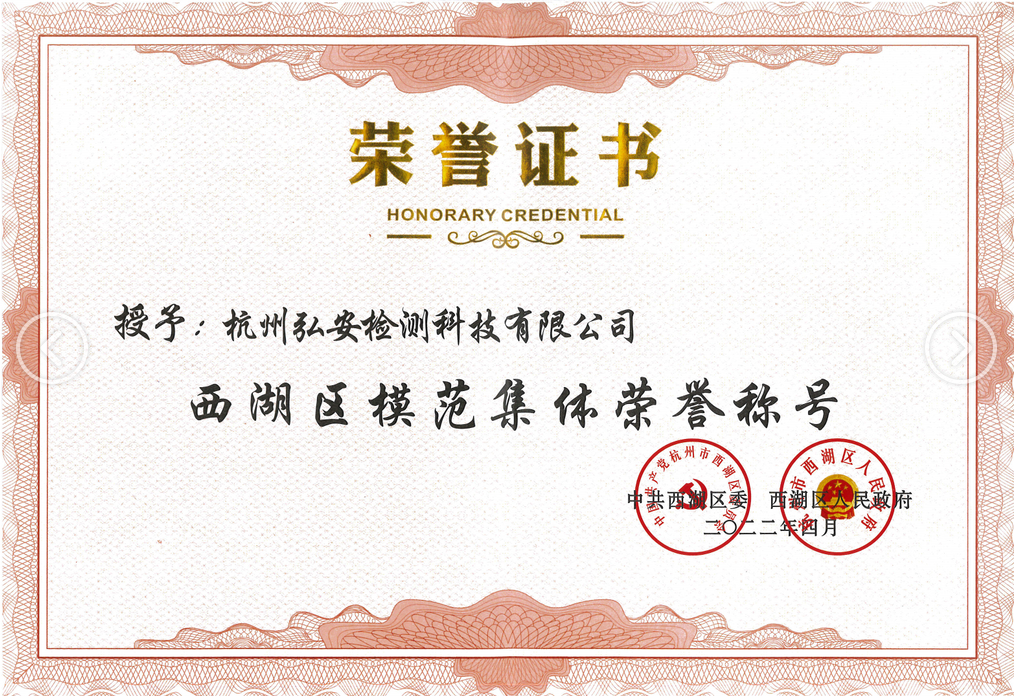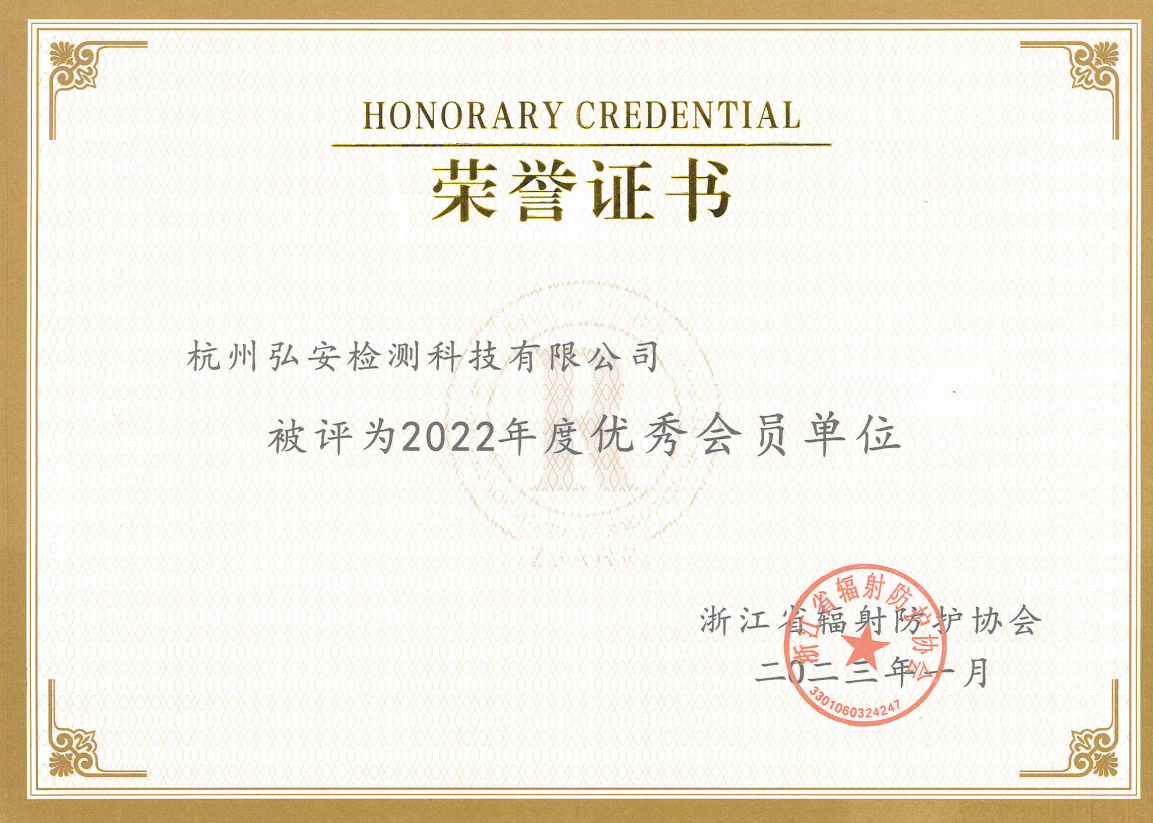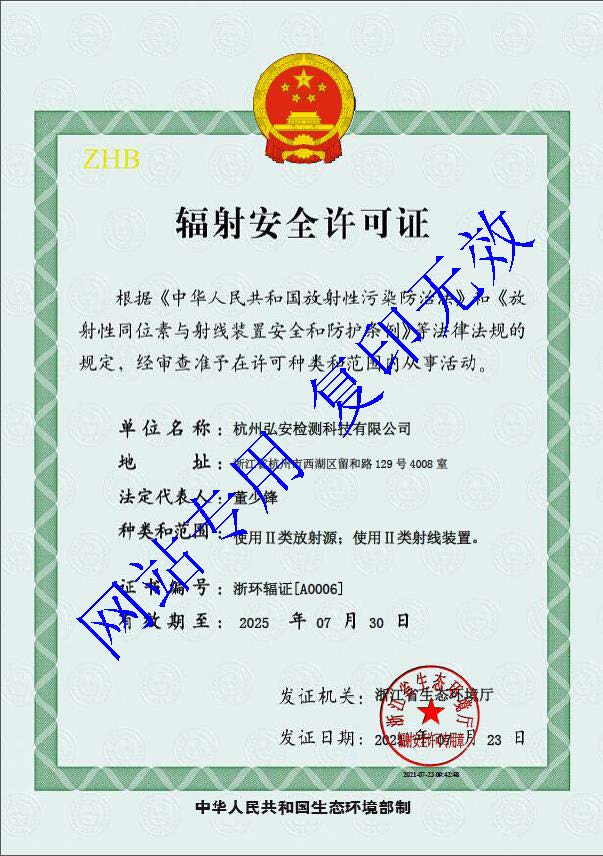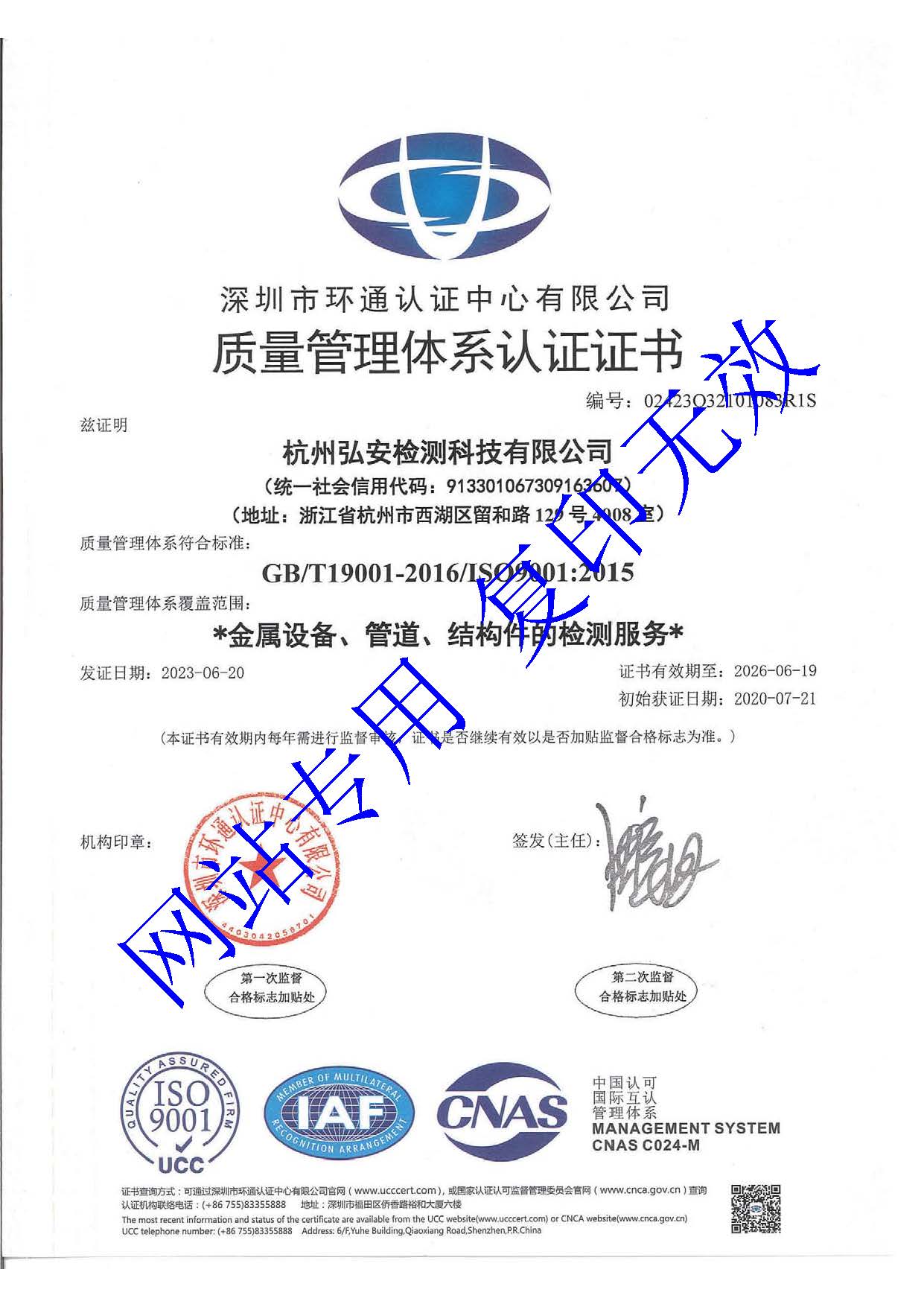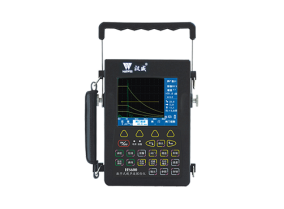
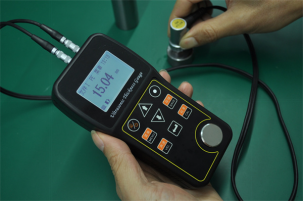
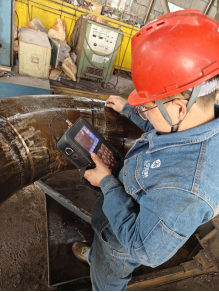

超声波检测
ULTRASONIC TESTING (UT)
■检测原理:由探头中的压电品片发射脉冲超声波,通过声耦合介质传播到工件中,遇到缺陷后产生反射波,然后再用另一个或同一个探头接收反射波,经换能器转换成电信号,并显示在荧光屏上,通过对反射波信号的分析,可判断缺陷的大小、位置和性质。
Principle:Pulsed ultrasonic waves are emitted from thepiezoelectric wafer in the probe, propagate into the workpiecethrough the acoustic coupling medium, and reflected wavesare generated after encountering the defects, and thenreceive a reflected wave with another or the same probe.convert it into an electrical signal by a transducer, and displayit on a fluorescent screen.lt can be judged the size, location,and nature of the defects by analyzing the reflected wavesignal.
■适用的检测对象:金属材料、复合材料和焊缝。Appliction: metal materials, composite materials and welds.
■优点:适宜检验厚度较大的工件;对面积型缺陷的检出率较高;适宜现场检测。
Advantages:It is suitable to inspect the workpieces with largethickness; the detection rate of area-type defects is high; lt issuitable for on-site inspection.

